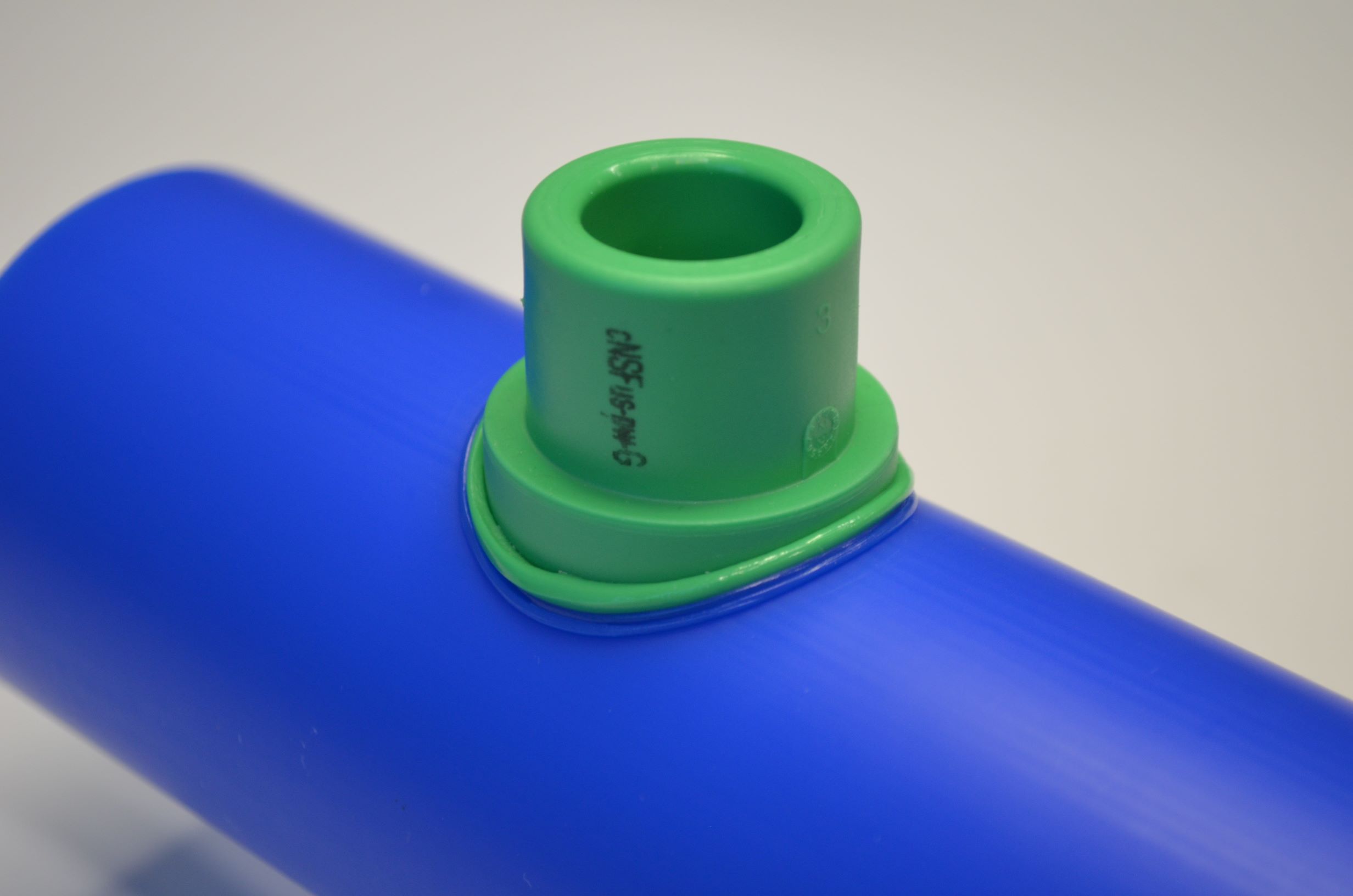HEAT FUSING POLYPROPYLENE PIPE DETAILED IN NEW ASTM F3722 STANDARD
Guidance for Techniques Proven in Pressure Piping Systems During Decades of Use
IRVING, Texas – The Plastics Pipe Institute, Inc. (PPI) has announced the publication of the new ASTM F3722 Standard Practice for Heat Fusion Joining of Polypropylene (PP) Pipe and Fittings by ASTM International. The new standard practice was developed by PPI Building & Construction Division members and the ASTM F17 technical committee during several years and is based on industry best practices and consensus of the contributing members. Published in November, it is available from ASTM at: https://www.astm.org/f3722-24.html

With high temperature and pressure capabilities, PP-R (polypropylene random copolymer) and PP-RCT (polypropylene random copolymer with modified crystallinity and temperature resistance) pipes are suitable for demanding pressure piping applications, such as plumbing, hydronics, and chilled water in commercial high-rise buildings or data centers. Specifiers of PP pressure piping systems are encouraged to reference Standard Practice F3722 in construction documents.
ASTM F3722-24 describes procedures for making joints with pressure-rated polypropylene pipes, fittings, and valves by butt fusion, socket fusion, sidewall outlet fusion, or electrofusion methods, with a separate section dedicated to each type of fusion. The fusion practices are applicable for both factory and field environments.

According to Lance MacNevin, P. Eng., director of engineering for PPI’s Building & Construction Division, “This new standard practice is based on existing specifications, such as the German DVS 2207-11, but also includes best practices from more than twenty years of installation experience in North America. The new standard applies to PP pressure pipes produced in accordance with specifications ASTM F2389, CSA B137.11, or ISO 15874 which are often used for hydronic heating and cooling, chilled water, water service lines, hot-and-cold water distribution, irrigation systems, and other fluid transport applications.”
MacNevin continued, “Installers of PP pressure piping systems can now benefit from this consensus-developed standard practice with clear recommendations for installation procedures for each of the four types of heat fusion. F3722 also includes four Quality Assurance (QA) appendices with visual images of acceptable and unacceptable fusion joints of each type. It will be a very helpful tool for installers of these systems.”

PPI is the non-profit North American trade association representing the plastic pipe industry, including several manufacturers of PP pipes and fitting systems. PPI formed its Polypropylene Pressure Pipe Steering Committee in 2018 to collaborate on industry standards, coordinate research programs, develop technical publications, and create educational information about these systems. The publication of ASTM F3722 is the latest result of cooperation between PPI member firms, intended to help to grow the market in a technically correct and responsible manner.
Additional information and data about the use and installation of PP is available from the PPI Building & Construction Division at http://www.plasticpipe.org/buildingconstruction
source https://csengineermag.com/heat-fusing-polypropylene-pipe-detailed-in-new-astm-f3722-standard/
تعليقات
إرسال تعليق